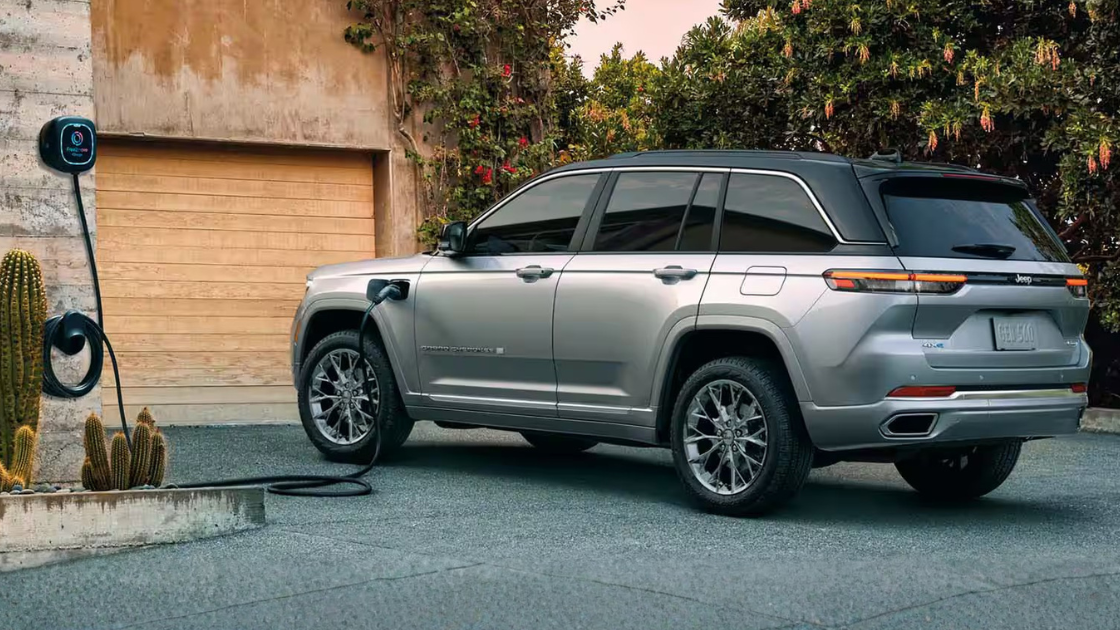
Fast-charging might not be the death sentence for electric vehicle batteries we’ve been warned about, with new research finding no observable impact on driving range.
What this means: With it being one of the most costly components to replace in an EV, anything that an owner can do to preserve their car’s battery is worth the effort. Up till now, this has made reliance on Level 3 chargers a risky choice for drivers, due to the potential for accelerating degradation, despite the convenience of charging in only a few minutes compared to a few hours.
However, while more research is needed, it’s possible most EV owners may not have to worry about the effects of fast charging, at least not as much as originally thought.
Science (and common sense) tells us that fast charging a battery, whether in your phone or electric vehicle, is bad for its long-term health. New data collected from 13,000 Teslas and published by EV-focused insights platform Recurrent challenges this assumption.
Here’s what they found:
Recurrent compared driving ranges from vehicles of the same age, splitting data between cars whose owners used fast charging just 30% of the time and those who used it 70% of the time.
As anticipated, the older the vehicle the more intense the effects of battery degradation. Less expected was the lack of difference between frequent and infrequent fast chargers.
While only a small minority of EV owners rely heavily on fast charging, no statistical difference in driving range was observed in either category.
The implications: Public infrastructure such as Tesla’s Supercharger network typically offers Level 3 capabilities, meaning they can charge most vehicles in a matter of minutes compared to the hours needed for Level 2 outlets. With inadequate access to charging frequently cited as a key obstacle to EV adoption, anything that makes public chargers seem safer or more reliable is likely to drive demand.
That being said, there are a few notable limitations to Recurrent’s research.
Since the overwhelming majority of EV owners do most of their charging at home, only 2.6% of Recurrent’s data included vehicles in the frequent fast charging category. Although this still represented more than 300 units, such a tiny sample size decreases the reliability of the data.
The vast majority of EV models examined by Recurrent were built after 2018, with more than half being less than three years old. While trends were consistent regardless of vehicle age, this means that the impacts of long-term fast charging use past the five-to-six year mark is still up for debate.
Bottom line: With so much negativity surrounding the EV market today, it’s encouraging to hear some positive developments, especially those related to critical issues such as charging accessibility. That being said, it’s always healthy to keep in mind that EVs are still a relatively new invention, and there’s a lot we still need to understand about their longevity.
Become an automotive insider in just 5 minutes.
Get the weekly email that delivers transparent insights into the car market.
Join 64,000 others now, it's free:
Boost sales with Bumper.com's vehicle history reports, featuring NMVTIS data. Our reports can enhance trust and help you close deals faster.
As an NMVTIS-approved data provider, Bumper.com offers essential information crucial for auto dealers. Discover how our tools can help transform your business and streamline operations.
Connect with us at NIADA booth #613 or schedule a demo to learn how Bumper.com can help elevate your dealership's performance and take your sales to the next level.










